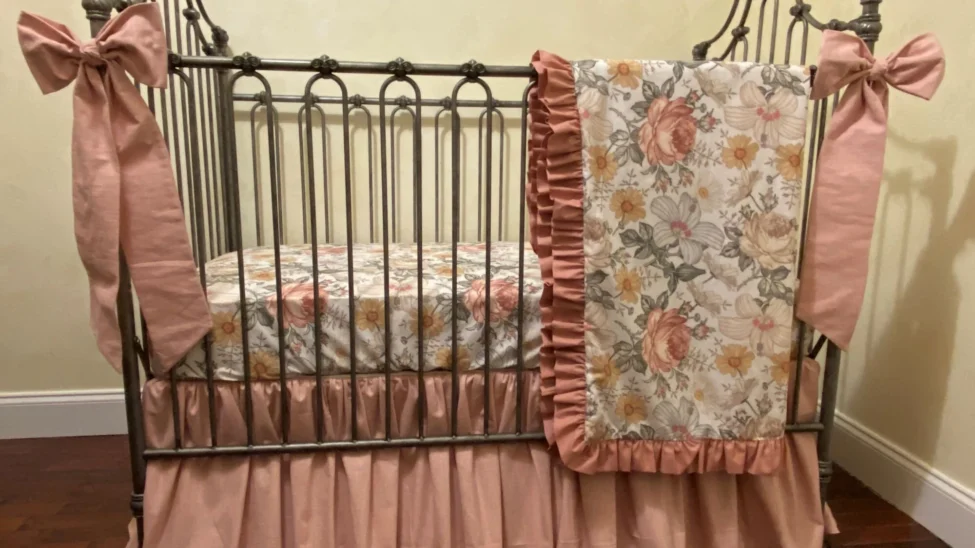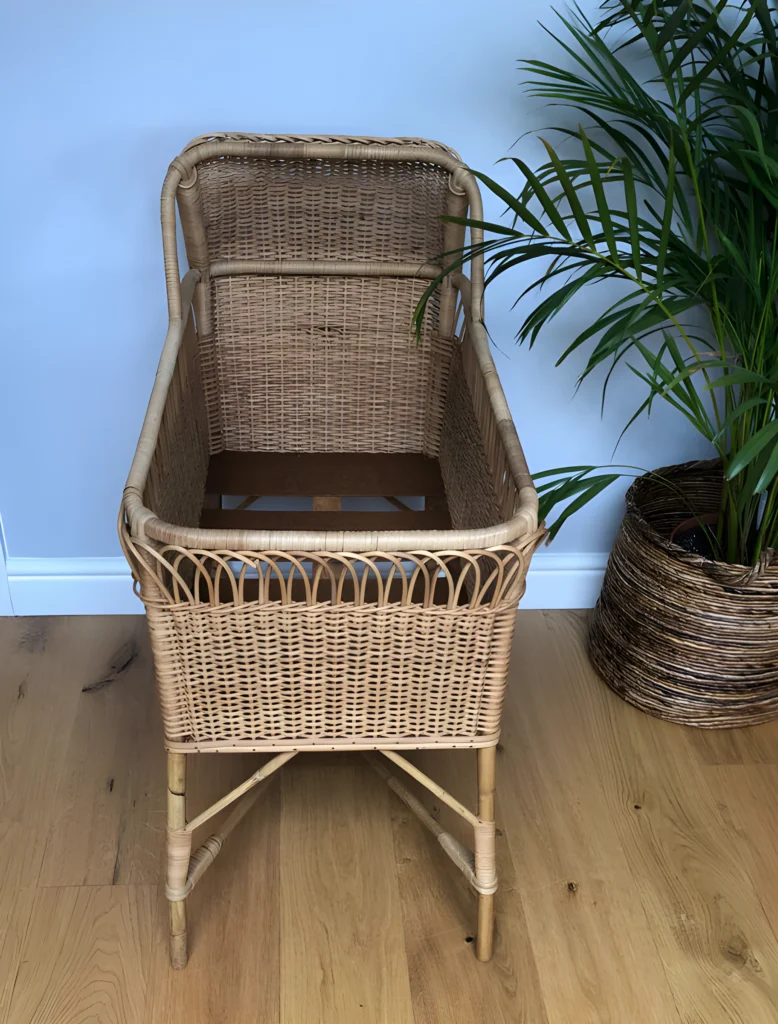
Why Parents Still Consider Vintage Cribs
Some baby items are just practical—diapers, wipes, onesies that barely survive the first three months. But a crib? A crib can hold stories. Maybe it’s the one your partner slept in as a baby, or a gorgeous piece you spotted at a local flea market that looks like it came out of a fairytale.
There’s something romantic about giving old furniture new life, especially when you’re about to welcome a new one into the world. I once worked with a family in Vermont who’d kept their daughter’s crib in the attic for 30 years. They dusted it off, tightened a few screws, and proudly set it up for their grandchild. It was a beautiful gesture.
But here’s the thing: charm can’t replace safety. And when it comes to sleep—especially for a newborn—every detail matters more than we sometimes like to admit.
Just because something survived one generation doesn’t mean it’s ready for another.
Choosing a vintage crib is a bit like adopting a pet from a shelter. You’re not just taking it home—you’re committing to its story, flaws and all.
What Makes a Crib Vintage vs. Antique
Let’s clarify terms, because people toss them around like they’re interchangeable. In the baby furniture world, “vintage” usually means 20–50 years old. “Antique” is anything older than that. Sounds simple, right? The problem is, cribs made before 2011 didn’t have to follow today’s stricter safety standards.
Drop-side cribs, for example, were incredibly popular until they were banned in the U.S. That’s not just a style choice—that’s a dealbreaker. Slats that are too wide? Paint with lead? Screws that don’t belong to anything? All risks.

If you’re looking at a crib from the 80s or earlier, it’s likely missing the kind of testing and regulation we now expect as baseline. Even the most lovingly preserved piece may have invisible weaknesses from decades of storage or use.
Anything pre-2011 needs a second, third, and fourth look. Standards changed for a reason.
So before you get attached to the style, it’s worth investigating what era it belongs to—and what that means for your baby’s safety.
What to Check Before Saying Yes
Let’s say you’ve found a vintage crib and your heart’s doing little flips. Pause. Breathe. Grab a flashlight and a tape measure. Here’s what you need to know before bringing it into your nursery.
Most important:
- Slats should be no more than 2 3/8 inches apart. Wider gaps can trap a baby’s head.
- No drop-side rails. These were banned because they caused fatal accidents.
- No peeling paint—especially if it’s lead-based. (If you’re unsure, test it.)
- The mattress should fit snugly, with no more than two fingers’ width between the mattress and the frame.
I once visited a family who’d refinished an antique crib themselves, painting it a soft sage green. It looked stunning—but they hadn’t tested the paint, and it turned out to contain lead. The crib never made it to the nursery. Lesson learned.
Always check recalls. If a crib has ever been recalled, even once, it’s not worth the risk.
If you’re not confident about your inspection, don’t wing it. A professional furniture restorer or child safety consultant can give you peace of mind—or help you walk away with no regrets.
Where to Find Vintage Cribs Without the Guesswork
The safest way to bring vintage charm into your nursery is through verified resellers or restorers who specialize in baby furniture. Etsy has a few. So do local boutiques and antique stores with a reputation for safe restoration.
Facebook Marketplace? Hit or miss. Craigslist? Often riskier. If the seller doesn’t know the history, age, or safety details of the crib, that’s a red flag.
Here’s a general rule: if a crib is cheaper than a night out, it probably comes with baggage you don’t want.
Genuine antique cribs that are safe and restored are rare—and priced accordingly.
If budget is tight but you still want the aesthetic, consider modern cribs designed in vintage style. There are beautiful new models that mimic antique vibes without compromising safety.
More Than Just Furniture
A crib can be just another checkbox on your shopping list—or it can become part of your family’s story. I’ve seen families cry setting up the crib that three generations of babies have slept in. I’ve also seen parents quietly replace a family heirloom with a new model, knowing that love and legacy can live in memories, not hardware.
Vintage cribs carry emotion. But babies need structure. The key is finding a balance between heart and head.
Sentimental value should never outweigh your child’s safety. But it doesn’t mean the crib’s story ends—it just might continue in a different form.
If you do end up using a vintage crib, make it safe. Make it intentional. And always remember that the real treasure is the baby sleeping inside, not the wood around them.


